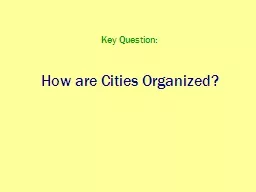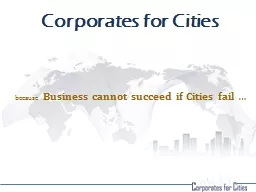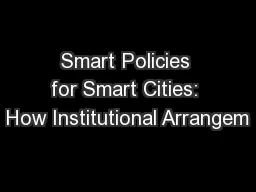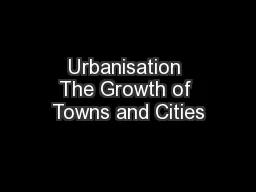PPT-Chapter 4 City Size Why do cities differ in size and scope?
Author : liane-varnes | Published Date : 2018-11-07
In this Chapter we explore the economic forces responsible for the development of cities with different sizes Determinants of City Size The following factors will
Presentation Embed Code
Download Presentation
Download Presentation The PPT/PDF document "Chapter 4 City Size Why do cities differ..." is the property of its rightful owner. Permission is granted to download and print the materials on this website for personal, non-commercial use only, and to display it on your personal computer provided you do not modify the materials and that you retain all copyright notices contained in the materials. By downloading content from our website, you accept the terms of this agreement.
Chapter 4 City Size Why do cities differ in size and scope?: Transcript
Download Rules Of Document
"Chapter 4 City Size Why do cities differ in size and scope?"The content belongs to its owner. You may download and print it for personal use, without modification, and keep all copyright notices. By downloading, you agree to these terms.
Related Documents














